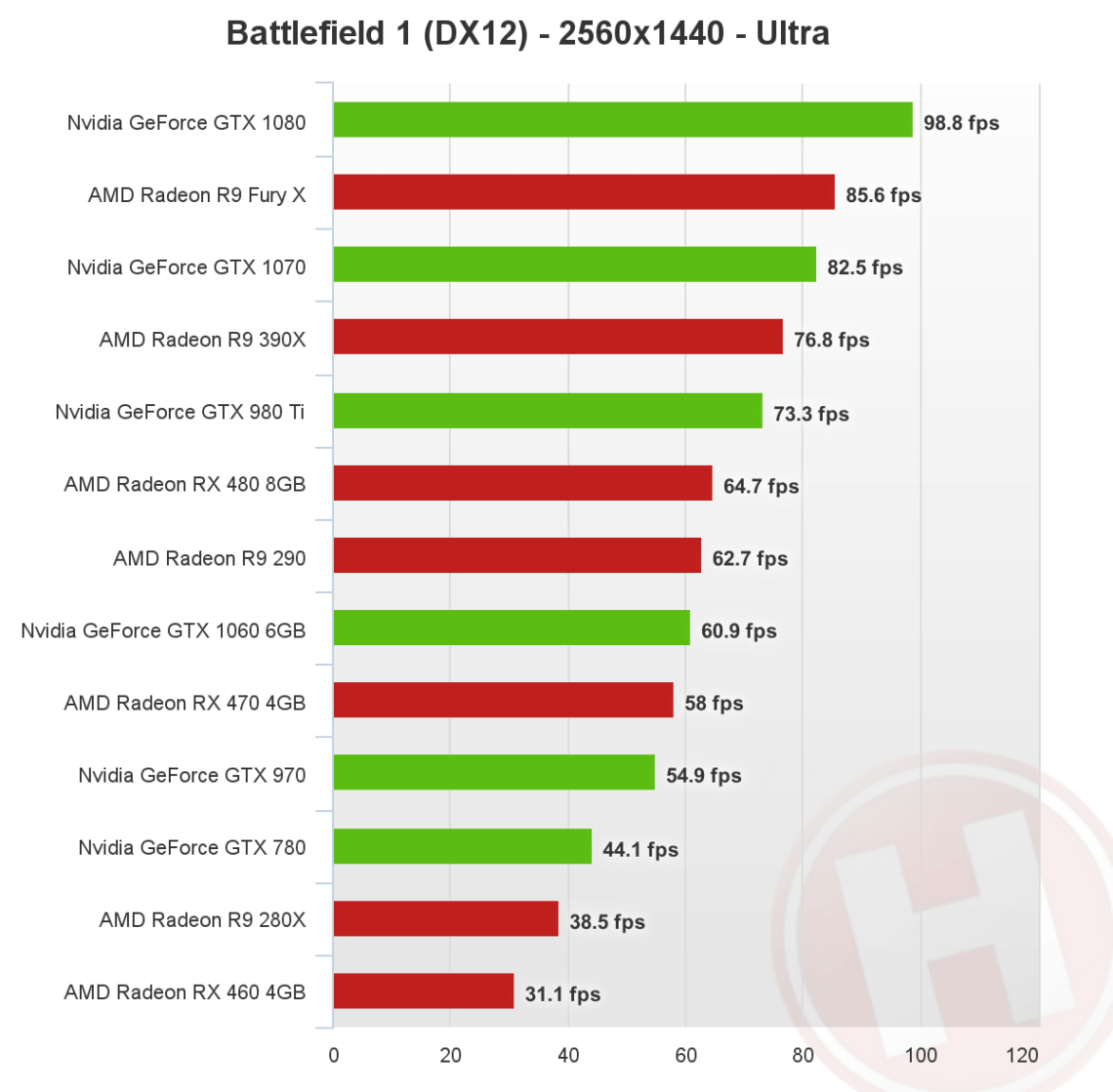

- #GEFORCE NVIDIA GRAPHIC CARD BENCHMARK CHART 1080P#
- #GEFORCE NVIDIA GRAPHIC CARD BENCHMARK CHART SERIES#
Even today, the AMD Radeon RX Vega 56 can play all modern and upcoming titles with ease at 1080p resolution however, these graphic cards aren’t anywhere close to being as popular as the RTX 2000 series. The AMD Radeon RX Vega 56’s price at launch was 399 USD, and AMD ceased production of these chips in June 2019. It’s connected to the rest of the system with the standard PCIe X16 slot and draws power from its 2x 8-pin power connectors. As for its rendering capabilities, the AMD Radeon RX Vega 56 consists of 64 ROPs, 224 TMUs, and 3584 shading units alongside 16 KB L1 cache and 4MB L2 cacheĪs is the case with most AMD graphic cards, the AMD Radeon RX Vega 56 is quite a power hungry with its 210 W TDP, so you will need a powerful PSU to run it with your system. However, since it doesn’t have AMD RT cores, it doesn’t support raytracing.ĪMD Radeon RX Vega 56 has support for all APIs used in modern games and programs, including DirectX12, OpenGL 4.6, and Vulkan 1.2. With 3584 CUDA cores, the AMD Radeon RX Vega 56 is ahead of the NVIDIA GeForce RTX 2060 for its core count. Moreover, the AMD Radeon RX Vega 56 operates on a 2048-bit memory bus, which is only suited for the HBM memory type.Īs for the GPU, the AMD Radeon RX Vega 56 has a GPU base clock speed of 1156 MHz which can be boosted up to 1471 MHz. It also has a greater memory size of 8GB and HBM2 memory type, which, albeit slower than the GDDR6 for gaming, is still a very powerful memory type. With its GCN 5.0 architecture as the base, the AMD Radeon RX Vega 56 consists of 12.5 billion transistors on its 495 mm² chip and 14nm process.
#GEFORCE NVIDIA GRAPHIC CARD BENCHMARK CHART SERIES#
It’s the most popular one of the three Vega series graphics cards released by AMD and can run most modern games at high settings. Related: RTX 2060 vs 3060 AMD Radeon RX Vega 56 Background A preview of AMD Radeon RX Vega 56ĪMD Radeon RX Vega 56 is half a decade-old graphics card that was released in August 2017 and has aged quite well since its release. In the end, the NVIDIA GeForce RTX 2060 will remain future-proof for only a small, but it’s still quite a powerful graphics card that can run all modern titles without any problems. On its release, the MSRP was 349 USD, but the production of the NVIDIA GeForce RTX 2060 has been discontinued to make room for the RTX 3000 series. Moreover, it has an additional 8-pin power connector to draw power alongside a PCIe 3.0 x16 slot. It also includes 240 tensor cores for deep AI learning and 30 RT cores for real-time ray tracing technology.īeing a high-end graphics card, the NVIDIA GeForce RTX 2060 has support for DirectX 12 Ultimate, allowing it to play all modern and upcoming games with real-time ray tracing and DLSS technologies.Ībout the power requirements of the NVIDIA GeForce RTX 2060, it has a rated TDP of 160 W which means it requires a good PSU to fulfill its power requirements.

Moreover, the GPU carries 2176 CUDA cores and a base core clock of 1365 MHz which can be boosted up to 1680 MHz on its TU106 GPU.Īlongside that, the NVIDIA GeForce RTX 2060 also features 1920 shading units, 120 texture mapping units, and 48 render output units. Moreover, the NVIDIA GeForce RTX 2060 has 6GB of GDDR6 memory that is connected by a 192-bit memory bus and a bandwidth of 336 GB/s. NVIDIA’s NVIDIA GeForce RTX 2060 is a high-end GPU built for extreme gaming on high settings.īuilt on Turing as its base architecture, the NVIDIA GeForce RTX 2060 holds 10.8 billion transistors on its 444 mm 2 chip.

The RTX 4090 is so far expected to launch on October 22 but an unveiling is expected at NVIDIA's GTC keynote later this month.RTX 2060 vs RX Vega 56 Specifications Nameīackground Difference A preview of NVIDIA GeForce RTX 2060Īs NVIDIA unveiled their first set of RTX 2000 graphic cards, the name NVIDIA GeForce RTX 2060 became a popular entry-level GPU for anyone who wanted to try out NVIDIA’s new ray tracing and DLSS technologies for themselves at cheaper rates. The NVIDIA GeForce RTX 40 series graphics cards including the RTX 4080 and RTX 4070 graphics cards will be amongst the first graphics cards besides the RTX 4090 to launch to gamers.


 0 kommentar(er)
0 kommentar(er)
